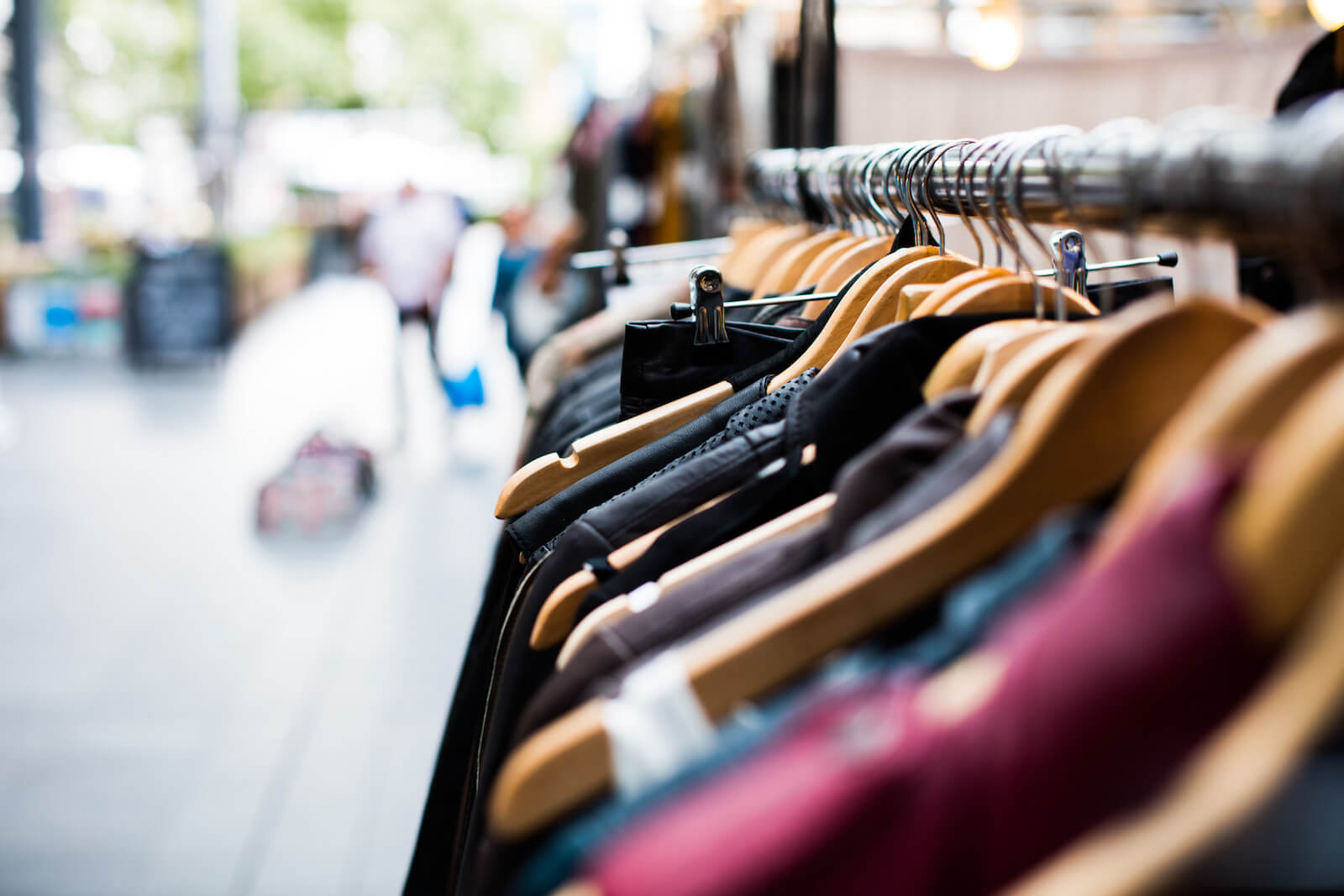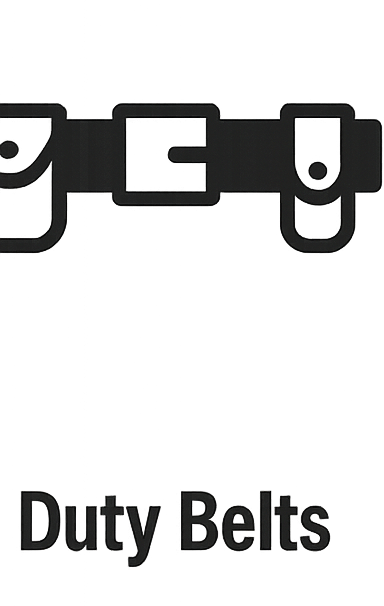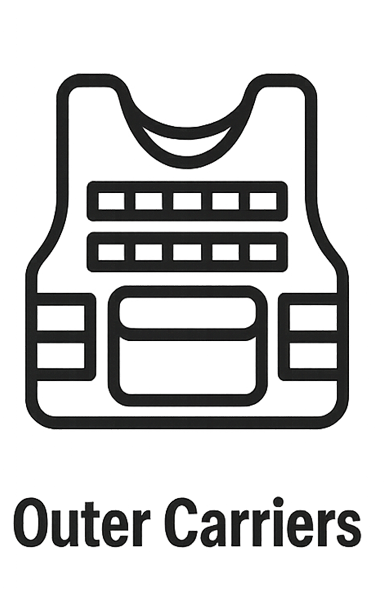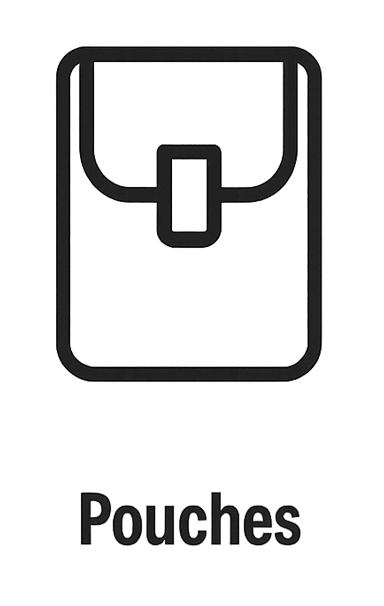The Weight of the Job
Every shift, officers carry between 20 and 30 pounds of gear—handcuffs, radios, flashlights, magazines, OC spray, tasers, and more. For years, the duty belt has been the go-to for carrying the load. But as officers push for better health, comfort, and efficiency, outer carriers are quickly stepping into the spotlight.
We work with agencies across the Midwest to help them evaluate both approaches. The question isn’t which is “better,” but which best meets the needs of today’s officers and tomorrow’s challenges.
Traditional Duty Belts: The Established Standard
The duty belt has been around as long as most officers can remember, and for good reason:
- Proven: It’s simple, durable, and familiar.
- Professional: It fits neatly into Class A and Class B uniform requirements.
- Affordable: It comes with a lower upfront cost compared to outfitting officers with carriers.
Duty belts aren’t perfect. Carrying 20+ pounds on your hips and lower back can cause fatigue, soreness, and even long-term injuries. For departments, that often means more medical claims, time off work, and fewer officers on the street.
Load-Bearing Outer Carriers: The Modern Alternative
Outer carriers were designed to solve that problem—and they’re quickly gaining in popularity. By distributing the load across the shoulders and torso, they reduce strain on the lower back and hips. The result is less fatigue, better mobility, and potentially fewer injuries.
Carriers also offer modularity: radios, cuffs, mags, and tools can be placed where they make the most sense for the officer. Many modern carriers are designed to integrate seamlessly with uniform shirts, keeping a sharp, professional look while improving function.
Of course, carriers come with considerations. They require a higher initial investment, and not every agency policy has caught up with the trend. Transitioning from belts to carriers often means updating uniform standards and rethinking how gear is issued.
Officer Health & Safety: The Data
Health and wellness are driving much of the move toward carriers. Multiple studies have shown that redistributing weight away from the hips reduces chronic pain and injuries. For agencies, the cost savings in worker’s comp claims and lost productivity can outweigh the upfront expense of issuing carriers.
The bottom line: outer carriers aren’t just about comfort—they’re about protecting officers’ long-term health and keeping them effective on the job.
What’s Next? Trends We’re Seeing
The conversation isn’t duty belt or carrier—it’s duty belt and. Here are a few shifts happening in the field:
- Hybrid Approaches: Slimmer duty belts paired with lightweight carriers for optimal load balance.
- Uniform Policy Changes: More agencies updating standards to allow carriers as standard patrol wear.
- Innovations in Design: Breathable fabrics, low-profile armor integration, and sleeker looks that blend function with a professional appearance.
- Officer Feedback First: Departments are piloting carriers, gathering input from the officers wearing them, and scaling up adoption based on results.
Our Perspective
We see both sides every day. Some agencies stay with belts due to tradition or cost. Others are embracing carriers as part of a wellness and officer comfort first mindset. Our role is to guide departments through those decisions with the right products, the right fit, and the right support.
We carry a wide range of solutions for both a great duty belt rig or outer carriers, and all the pouches for either platform.

Designed to shift weight off the hips and onto the torso, outer carriers reduce fatigue and protect long-term health. They combine professional appearance with customizable load-bearing options to fit the mission.
Conclusion: The Future is Balance
The future of duty gear isn’t about abandoning one system for another—it’s about finding the best solution for the mission, the agency, and the individual officer. Whether it’s a traditional duty belt, a load-bearing outer carrier, or a hybrid of the two, Nelson Uniform is here to ensure officers are equipped for performance, safety, and professionalism.
Want to explore load-bearing carriers for your agency?
Stop by one of our retail locations or contact us today to learn more about fitting solutions, wear tests, and procurement support.








